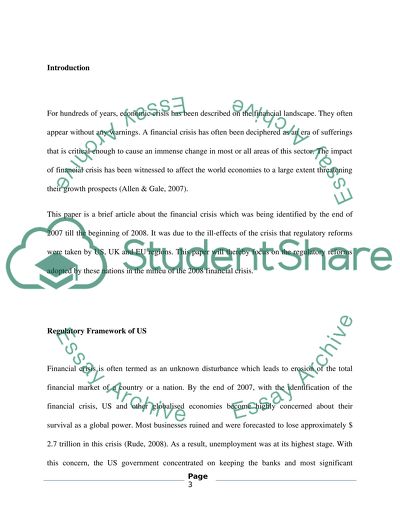Cite this document
(“Contemporary Issues in Finance Essay Example | Topics and Well Written Essays - 2000 words”, n.d.)
Contemporary Issues in Finance Essay Example | Topics and Well Written Essays - 2000 words. Retrieved from https://studentshare.org/finance-accounting/1435496-contemporary-issues-in-finance
Contemporary Issues in Finance Essay Example | Topics and Well Written Essays - 2000 words. Retrieved from https://studentshare.org/finance-accounting/1435496-contemporary-issues-in-finance
(Contemporary Issues in Finance Essay Example | Topics and Well Written Essays - 2000 Words)
Contemporary Issues in Finance Essay Example | Topics and Well Written Essays - 2000 Words. https://studentshare.org/finance-accounting/1435496-contemporary-issues-in-finance.
Contemporary Issues in Finance Essay Example | Topics and Well Written Essays - 2000 Words. https://studentshare.org/finance-accounting/1435496-contemporary-issues-in-finance.
“Contemporary Issues in Finance Essay Example | Topics and Well Written Essays - 2000 Words”, n.d. https://studentshare.org/finance-accounting/1435496-contemporary-issues-in-finance.


